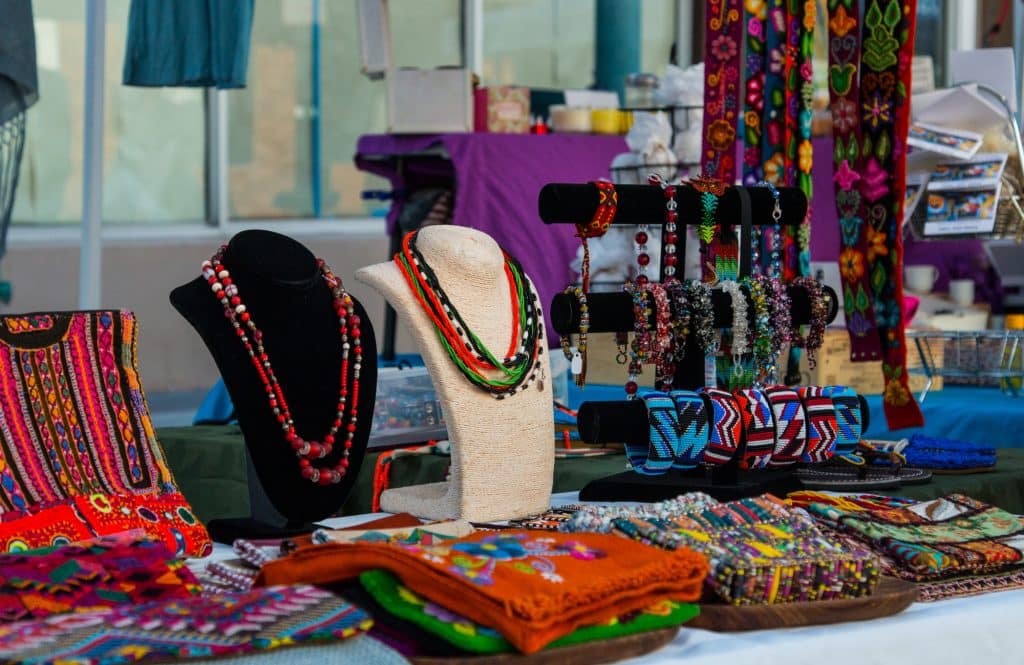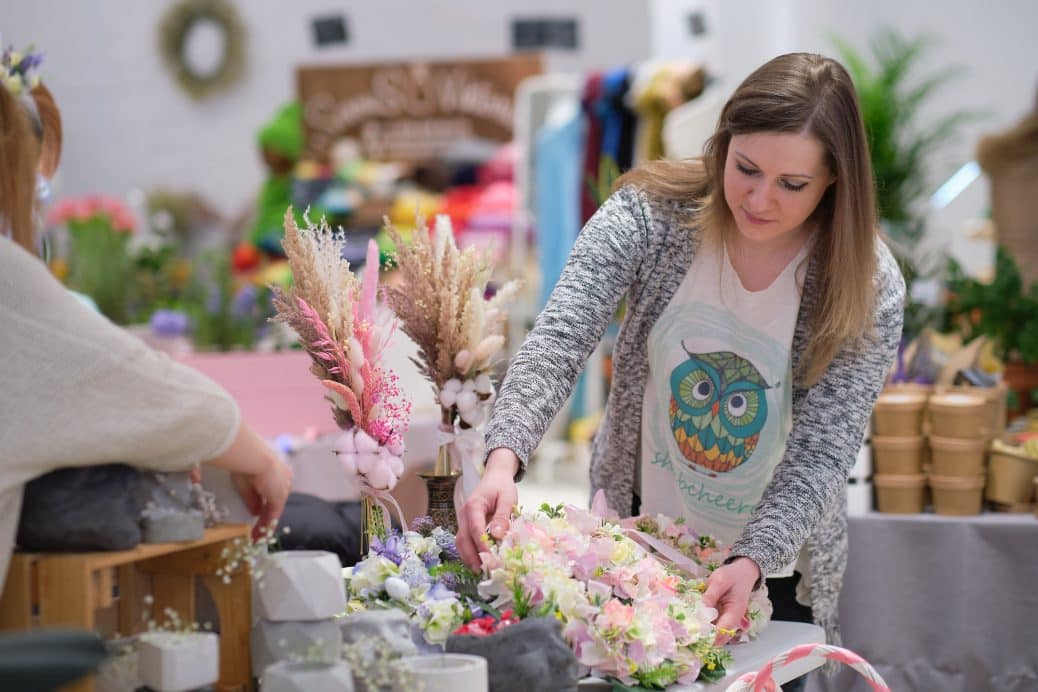When you’re an artist, one of the first things you wish for is to get your creations seen and supported by many. You can do that by joining events dedicated to craftsmanship.
Various craft events happen almost monthly and are open to artists of all ages and walks of life. These events in Australia (AU) and beyond provide an outlet for people to teach and learn new craft skills, make friends in the community, and sell artworks.
As a newbie in the craft show scene, it’s understandable for you to be excited to apply to every event available. It’s the perfect opportunity to gain exposure and connect with other artists. Nonetheless, jumping into it without proper research and preparation could set you up for problems. Read these tips to make your first craft show successful and memorable.
- Pick The Right Event
There may be many craft events occurring in and around your area. But realistically, you can only apply to a few. Attending several of them within a short period takes up your time, money, and energy. And you may drain your strength and resources from the first event you join with no time to recover for the next one.
Always do your research before you decide to apply to any of the AU craft events. Some might only focus on specific niches, while others have limited slots for traders. You can learn more about craft shows by checking the organiser’s social media account or asking experienced attendees for opinions. Researching will help you sift through the scams for legitimate, regular events.
To add, the location plays a significant factor in choosing an event. If it happens somewhere too far from you, you’ll have to find a way to take everything you need there. You’ll have to check if public transport can reach the event area or if you have money for enough petrol. Craft event traders often must be at the location before doors open. Hence, it’s crucial you know how to get there early.
- Prepare Your Materials
Self-respecting artists should have their arsenal ready for anything, especially craft events. A week and a day before you leave the house, double-check your tools for the workshop or items for sale.
You may need to bring another bag that’s separate from the one you have for personal belongings. This ‘event bag’ should contain, but shouldn’t be limited to, the following:
- Spare change and a cash float;
- Credit card terminal and its charging cord;
- Pens and markers;
- Scissors;
- Acrylic tape or reusable adhesives;
- Sales ledger;
- Rubbish bags; and the like.
Don’t forget your business cards. Customers who enjoy your work and want to buy from you again someday will need something to remember your name and contact details. Print as much as necessary and put them in a container at the front of your booth table where it’s visible.
- Plan Your Booth Design
Whether you’re there to hold a workshop or sell your wares, it pays to have an attractive booth. Stock up on display racks, hooks, a mirror, and anything you might need.
And you can repurpose old yet sturdy boxes, baskets, and tablecloths to spend less on decorations. Your booth doesn’t have to be the most stand-out one in the event. It just has to look presentable and clean for when people visit.
After you’ve applied for an event, the organisers should give you the space dimensions and limitations for your reserved spot. Keep them in mind as you sketch your booth’s design. The decorations or installations shouldn’t go past the borders, or you may intrude on another trader’s booth. And your booth should have enough space for your products or adults’ and children’s handicrafts during your workshop.
- Practise Teaching A Workshop
Being in front of a crowd is anxiety-inducing for any people. So, if you feel nervous talking to others, especially when holding a workshop, practise at home.
Have your family or friends act as workshop attendees while you teach them how to create an item from scratch. Afterwards, ask for their critiques. You may be going too fast or slow or need more precise instructions. Work your way through them and improve your script as needed.
Stay calm if you mess up on the day. Every veteran craft workshop handler has experienced mistakes and dead air while teaching a small class for the first time. The more craft events you attend, the more you’ll grow confident in interacting with others.
- Hire Someone To Help You Out
If you think you can’t survive a day at your first craft show managing things yourself, feel free to ask for help.
A paid assistant can be anyone you trust and should have time to help you on the event day. They’ll watch your booth while you take a bathroom break and even model your creations if you sell handcrafted accessories.
Additionally, your kids can play a role in your booth if you want to have them with you. Being at a craft event is a fantastic opportunity to improve your child’s development. Give them easy responsibilities like providing change for cash payments or rearranging items that people moved around. By helping you out, they learn vital social skills while watching you interact with customers and students.

Conclusion
Joining a craft event is a fulfilling experience every artist should experience at least once. It’s where you can impart and gain creative knowledge and skills from like-minded people.
So, seize the chance to attend an event as a first-time crafts trader or workshop teacher. If you miss it, don’t worry. There’s bound to be another near your area soon.








